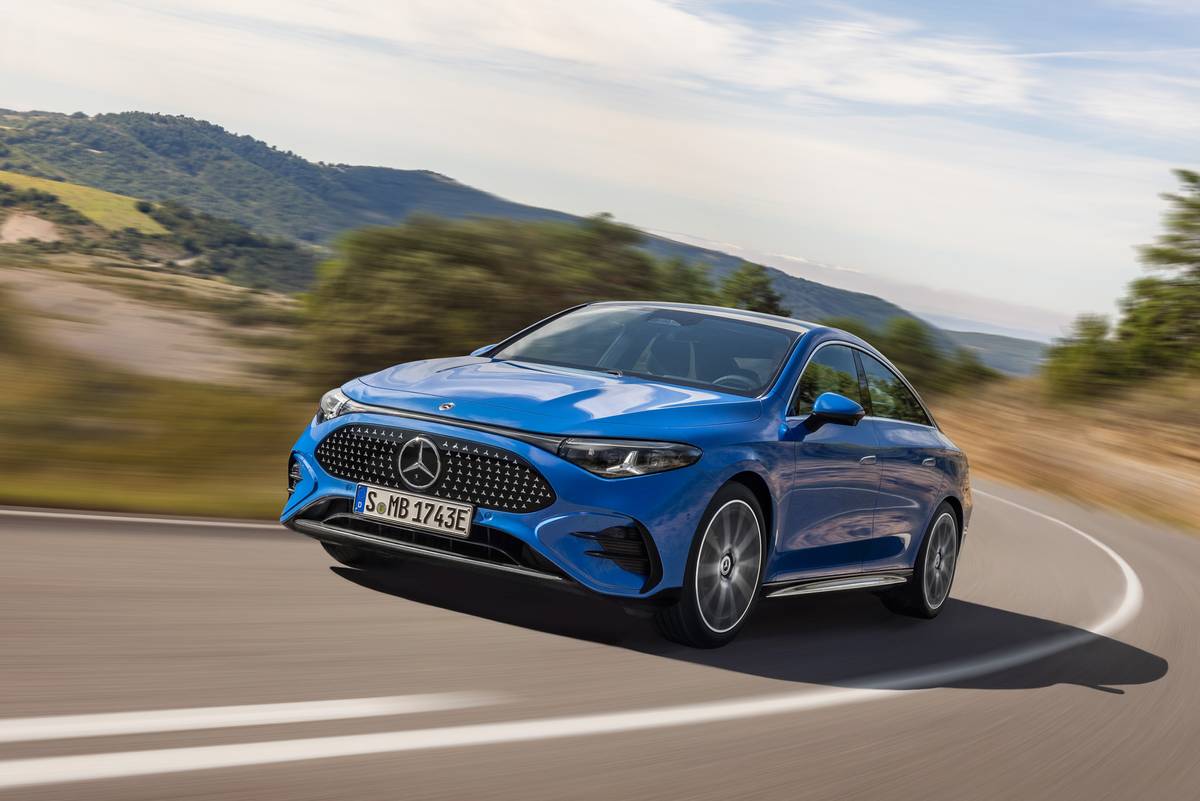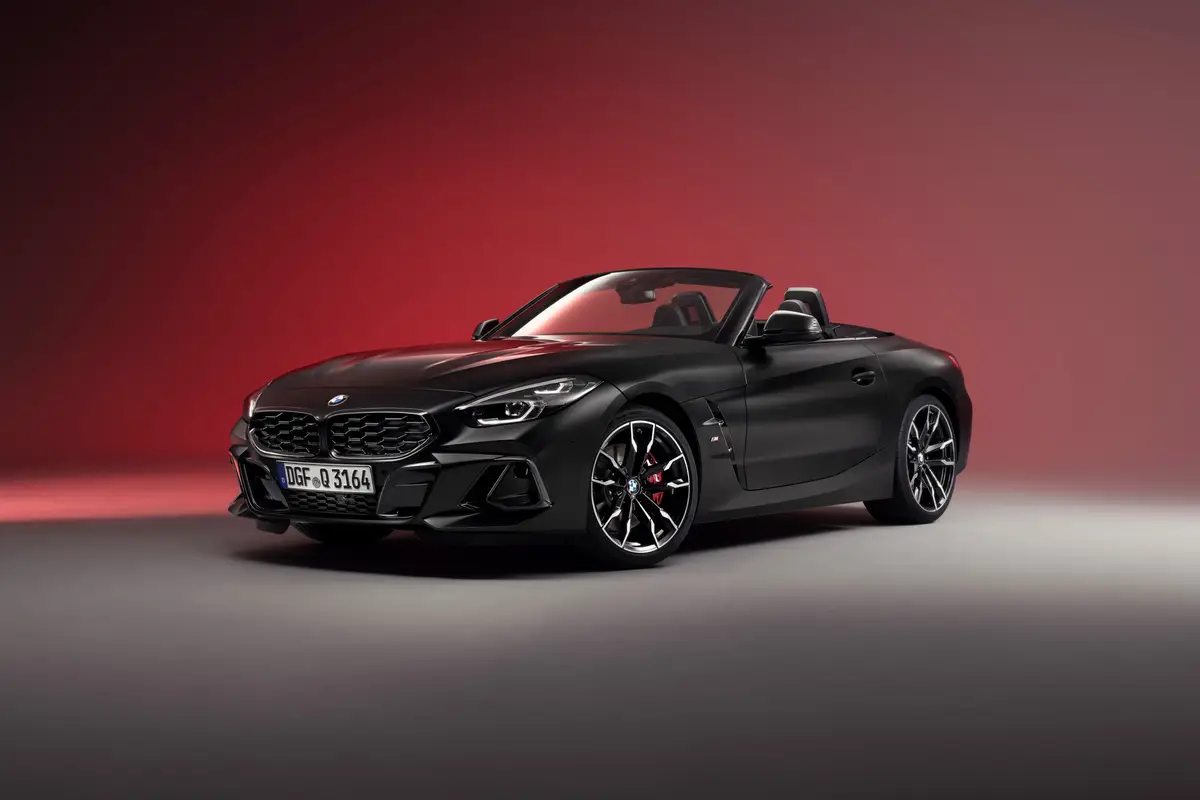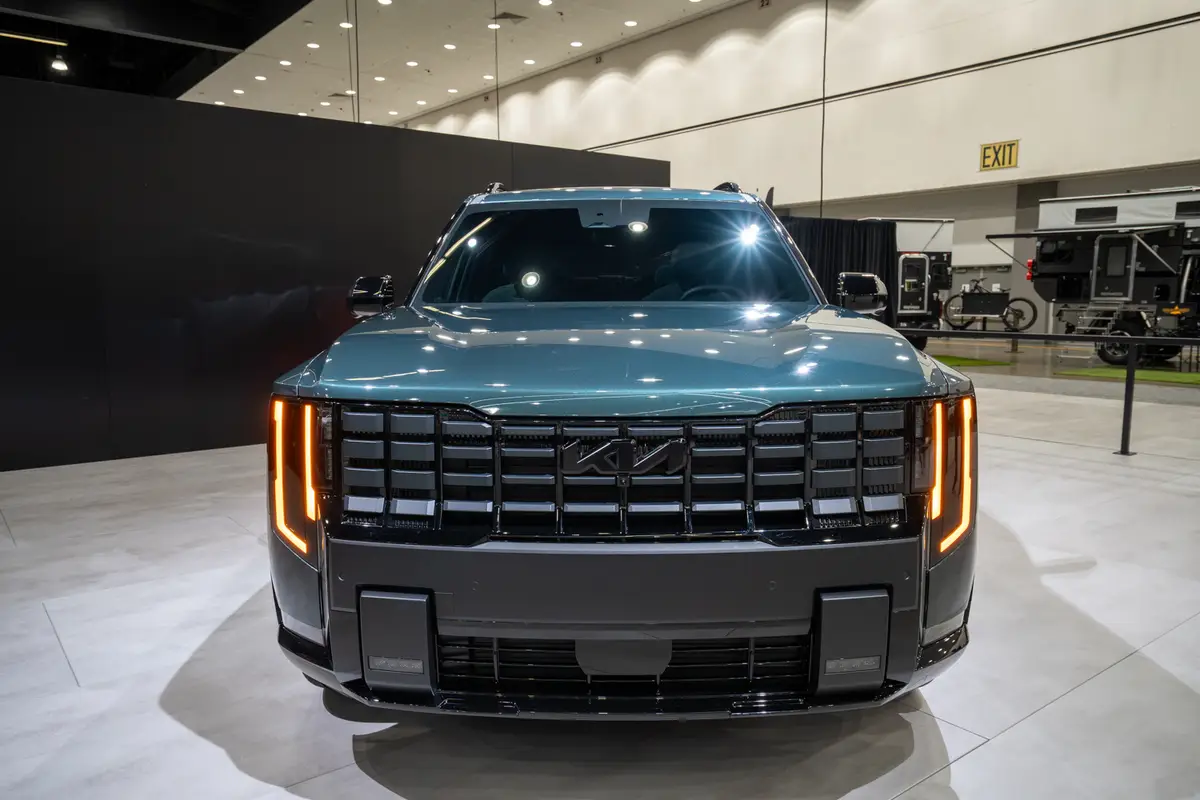The Morning Call and Mcall.com's view
The Ford Thunderbird is now in its 30th year of production. This makes it not only the oldest continuing nameplate from Ford Motor Co., but one of the longest-running models of all times. It is apparent that Ford is doing something right with the T-Bird.
The Thunderbird probably could be considered the first of the personal- sized luxury cars, an elusive description for cars that are smaller than full-sized luxury cars – and not quite as practical. Introduced in November of 1954 as a 1955 model, the first T-Bird was a sporty two-passenger job that Ford went out of its way to disclaim as a sports car. The reason for this, no doubt, was that the Corvette – introduced a year before by Chevy as ”a sports car” – was really doing horribly in the marketplace.
So, the first Thunderbird became a car for those who liked the sporty looks of a sports car but did not want any of the inconveniences of one (and in those days there were many). The Thunderbird acquired a back seat in 1958 and became even more of a smaller-sized luxury car. Over the years it grew and shrank – depending, perhaps, on the whim of Ford and the mood of the buyer. It reached its apex (or, depending where you’re coming from, its nadir) with the 1970-76 behemoth that weighed 5,200 pounds and was powered by a 460 cubic inch V-8 (7.5 liter). Due mainly to the federally-mandated fuel economy standards, the 1977 model year was the first time a Thunderbird was smaller than in the previous year. And it’s been shrinking ever since.
In fact, the present Thunderbird (introduced as an early 1984 model) is the smallest model since the original two-passenger T-Bird of ’55-57. Apparently this has not been a handicap since sales of the 1984 model were very strong (156,583 units, an increase of 58 percent over 1983) and are continuing very well in 1985. One thing’s for sure, there are a lot of them around. And this becomes very apparent when you drive one and see how many others are staring back.
Perhaps one of the reasons the new Thunderbird is so successful is that it can appeal to a variety of drivers for a variety of reasons. Although not an economy car, with the right powertrain it can deliver good fuel mileage. Also, if you lay off the options, you could buy one for a moderate price. But if you want performance and handling, that is also available. And if you want to spend a big bag of bucks on one, no one’s going to stop you.
The test car was a sort of in-between car. It had the standard powertrain – 231 cubic inch V-6 (3.8 liter) and three-speed automatic transmission, the standard suspension and a number of convenience options. All-in-all, a nice car that may not have been thrilling but it certainly wasn’t demanding.
The ’85 model looks very much like last year’s car but there has been a number of changes. They may not jump out at you but, if you look around, you can find them. Changes on the out side include a new color-keyed grille, new full-width tail-lamps (with inboard back-up lamps) and a new Thunderbird emblem. On the inside there’s a new instrument panel and a new seat belt in the rear to allow five passenger seating. This year’s model also has some mechanical refinements and some new options.
The Thunderbird’s aerodynamic design is not quite as radical looking as it was in mid-1983. The design change from a linear vehicle to a rounded one was quite a step at the time but proved to be a popular one. Beauty and the design of an automobile are, of course, in the eye of the beholder. But I’ve always liked the looks of this car (along with its bigger brother, the Continental Mark VII). And just because I also like the 1934 Chrysler Airflow, it shouldn’t diminish the Thunderbird design.
Ford makes sort of a halfway effort on interior space efficiency but since the Thunderbird is the type of car that usually has its occupants in the front seat( s is the case with other personal-type luxury cars) I’ m not sure this is all that important. With a wheelbase of 104 inches; length, 197.6 inches; width, 71.1 inches; height, 53.2 inches, and curb weight, 3,090 pounds, the Thunderbird is really not a small car, or, not as small as it may appear.
Front seat room for driver and passenger is very good. The test car, an Elan model, had the standard equipment split bench with four-way headrest seats and optional power six-way adjustment and power recliners. With this setup, anybody could find a comfortable position in these seats. As mentioned, the rear seat now has a third seatbelt. This is a good place for three small children but I wouldn’t push it any further. The trunk is acceptable at 14.6 cubic feet. The fuel tank is big and holds 20.6 gallons. If Ford wanted to, it could have made the trunk bigger by decreasing the size of the gas tank. I personally would prefer to pack the trunk more carefully and have the big gas tank. But since there is no choice, it is all rather moot.
The Thunderbird is one of those cars that anyone can drive without the least bit of trouble. It is responsive, predictable and requires very little effort. The test car had the optional all-electronic instrument panel that does sort of dominate things at first but it is not all that difficult to get used to. (The standard instrument panel is perfectly adequate.) In addition to the LCD speedometer and combination odometer/trip odometer is a electronic tachometer with a graphic readout and overlaid electronic ammeter, oil, temperature and fuel gauges. Fuel levels may also be displayed digitally and there is a flashing feature to indicate low fuel. The test car also had the optional ”Tripminder” computer, which may not be necessary but could be a source of amusement for the kids on long trips (for a child a long trip is anything over five blocks).
The suspension features modified MacPherson struts with gas-filled struts up front and four-bar link and gas-filled shocks in the rear. The suspension was tuned on the soft side for easy riding, but was more than adequate to handle all normal driving situations. For those who take their driving more seriously, there is a choice of heavy duty suspension and a special handling packing. (The Turbo Coupe, which is really a whole different model, has its own unique suspension system.)
As mentioned, the test car had the 232 V-6 and three-speed automatic. This combination provided respectable performance and decent fuel mileage. The engine, which features electronic throttle-body fuel injection, is rated at 120 horsepower at 3,000 rpm and 205 foot pounds torque at 1,600 rpm. Notice, the torque is high and it comes in at a low rpm. Fuel mileage averaged 15 mpg for city driving and 24 mpg over the highways.
The Elan Thunderbird, along with the base Thunderbird and Fila models, can also be ordered wit h the optional 302 V-8 (5.0 liter) engine, which is rated at 140 horsepower at 3,200 rpm and 250 foot pounds torque at 1,600 rpm. (The Turbo Coupe’s 140 cubic inch – 2.3 liter – four produces 155 horsepower at 4,600 rpm and 190 foot pounds torque at 2,800 rpm for the five-speed manual version while the automatic version has 145 horses at 4,400 rpm and 180 foot pounds torque at 3,000 rpm.
Base price for the Thunderbird Elan is $12,124 and includes a nice level of trim and appointments. The test car, a car with many options, had a bottom line of $15,904. Some of the options were: climate control air conditioning, $924; electronic instrument cluster, $270; keyless entry system, $195; flip-up sunroof, $315; tilt steering wheel, $115; speed control, $176; four-way dual power seats, $476; power recliners, $189; electronic AM-FM with cassette and four speakers, $152; alloy wheels, $343, and power locks, $220.
Latest news



